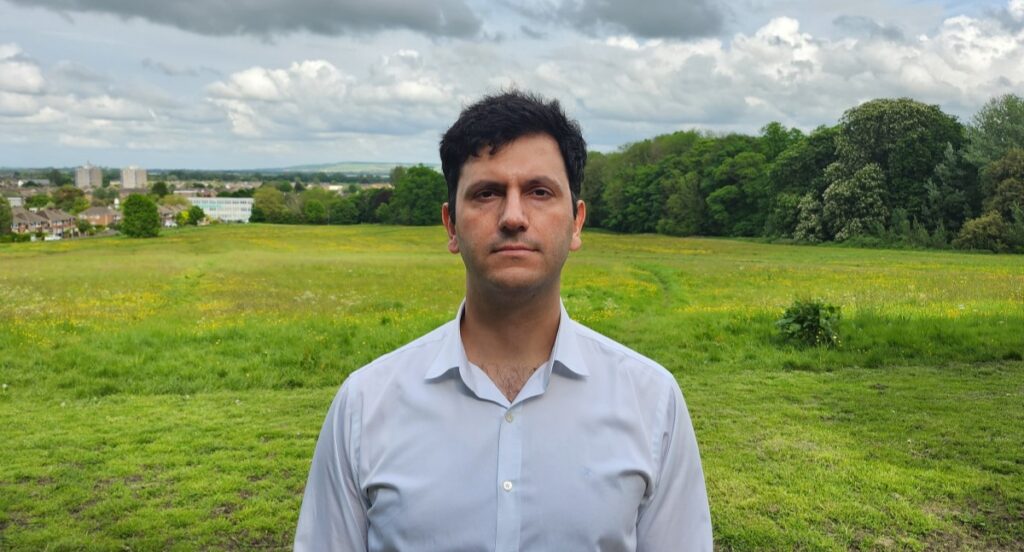Democratising Access to Sustainable Nitrogen Fertilisers
Sub-Saharan Africa (SSA) has the world’s fastest urbanisation rate, and its population is set to double over the next 30 years. The rapidly growing population, urbanisation and rising income levels will increase demand for agricultural crops and thus the demand for synthetic nitrogen fertiliser will soar.
The 2006 Abuja Declaration on fertiliser called for a substantial increase in average fertiliser use, from eight to 50 kilograms per hectare (kg/ha) by 2015. However, average fertiliser use in SSA remains at only 17 kg/ha according to International Fertilizer Association (IFA), far from the global average of 135 kg/ha.
Transportation is the primary deterrent to the widespread adoption of fertilisers in SSA, severely affecting resource-poor small-holder farmers who provide 80% of Africa’s food and are scattered across remote areas. Poor road infrastructure, low railway network density and a lack of competition in the trucking industry results in exorbitant transportation costs- outweighing the benefits of using fertiliser. A smallholder farmer in SSA typically faces fertiliser costs that are at least four times higher than those borne by a European farmer.
Effects of subsidy programs remains limited as there is no assurance of sustainable procurement due to non-transparent allocation and distribution practices. An example of this is fertiliser diversion into secondary markets. There is a great need for affordable nitrogen fertiliser as access is a key impediment to solving long-standing hunger and poverty on the continent.
What if small-holder farmers could produce their own nitrogen fertiliser at point of need? Decentralising the fertiliser production would democratise access to fertilisers, promote economic development through improved crop yields and let some of the poorest members of society move away from purely subsistence farming to market sales within the local economy and wider international food chain supply.
The Haber–Bosch industrial process to produce nitrogen fertiliser is not suitable for micro-scale decentralised production (< 1 metric tonne Nitrogen per year) due to the prohibitive capital requirements associated with multi-stage and the high temperature/pressure characteristics of the process. Fortunately, nature has an elegant solution this challenging problem: lightning.
When lightning strikes, the intense energy causes the atmospheric nitrogen molecules to break apart and re-form into nitrogen dioxide molecules. Nitrogen dioxide molecules dissolve in surrounding water to form nitrate ions that fall to the ground as rain. Everyday millions of lightning strikes result in tonnes of nitrate, leading to an incredible, free fertiliser shower from the sky.
This direct nitrogen capture process, also known as the electric arc method or plasma-based nitrogen fixation, was first described by Henry Cavendish in the 18th century. With the advent of practical electricity generation in the early 20th century, it became one of the competing industrial processes for producing nitrogen compounds but was phased out from the 1930s onward in favour of the Haber-Bosch process.
Today the direct nitrogen capture process is experiencing renewed interest, particularly in the context of sustainability as it is compatible with integration in renewable energy generation. It is a single-stage and low temperature/pressure process that eliminates the need for ammonia/hydrogen production, with scope to reduce the capital requirements by a few orders of magnitude. However, this process is currently four times more expensive than the Haber-Bosch process due to its high electricity consumption.
Working towards solving the energy efficiency problem of the direct nitrogen capture process has the potential for significant and meaningful change in improving food security, eradicating the hunger problem and decarbonising the £100 billion fertiliser industry.
I believe this can be achieved by the end of this decade with well-funded systematic research and development programmes. In collaboration with the UK Agri-Tech Centre, DEBYE Ltd are taking the first step towards the holy grail of nitrogen fertiliser production with the Innovate UK and BBSRC-funded feasibility project looking at harnessing lightning’s nitrogen fixing properties.
There is a huge commercial potential in working on this challenge, but also the opportunity to affect real change in global food security and impact in the national and international supply chain. DEBYE stands at the forefront, representing the UK’s response to advancements in this field.
This article was originally published on the UK Agri-Tech Centre’s website. Read the original article here.










